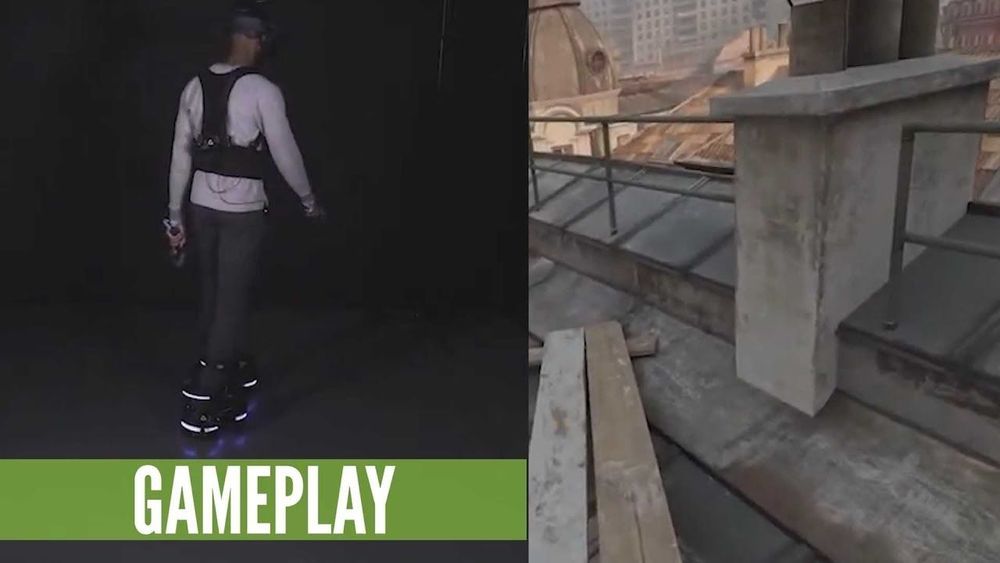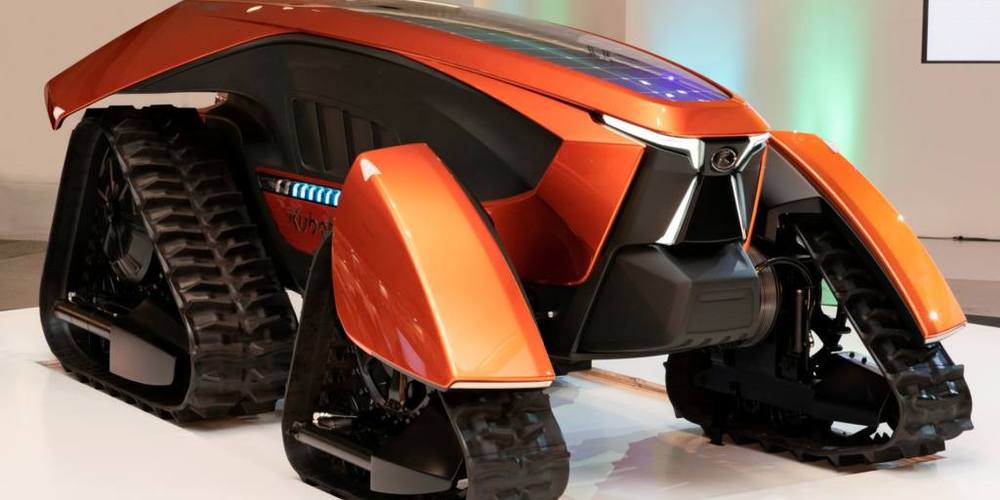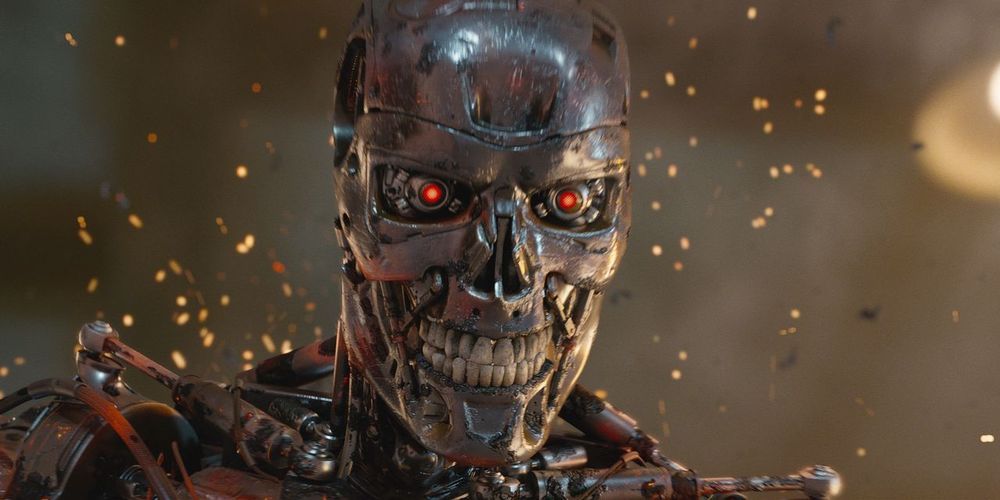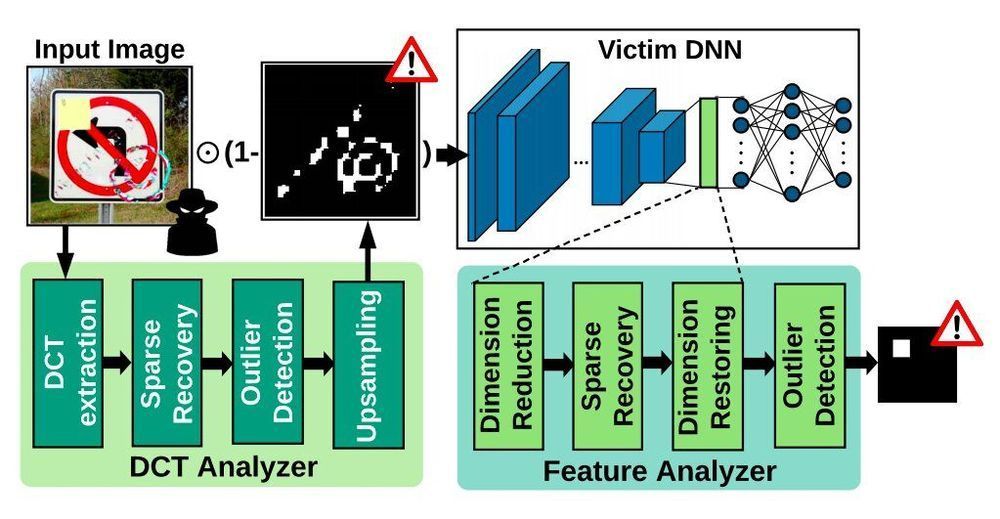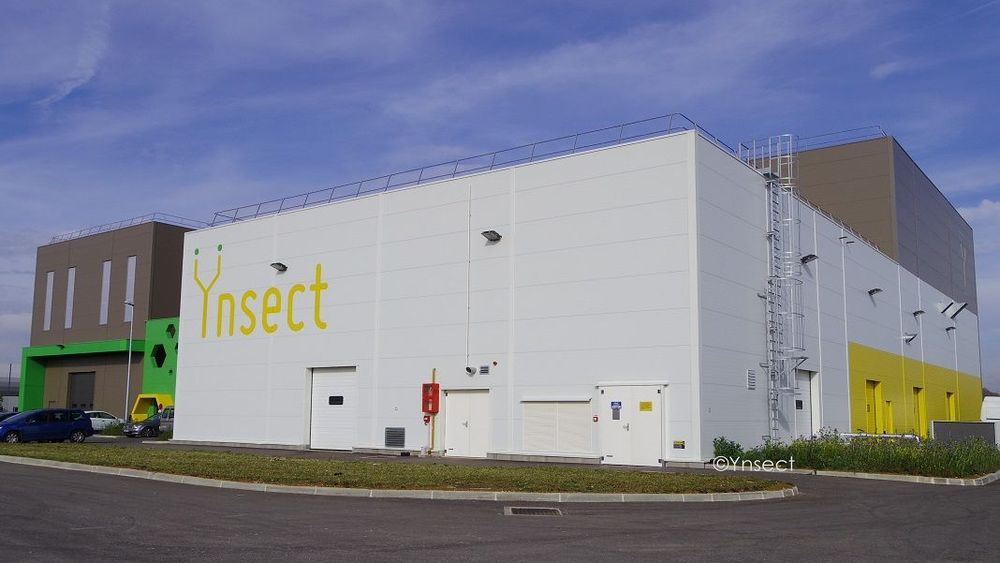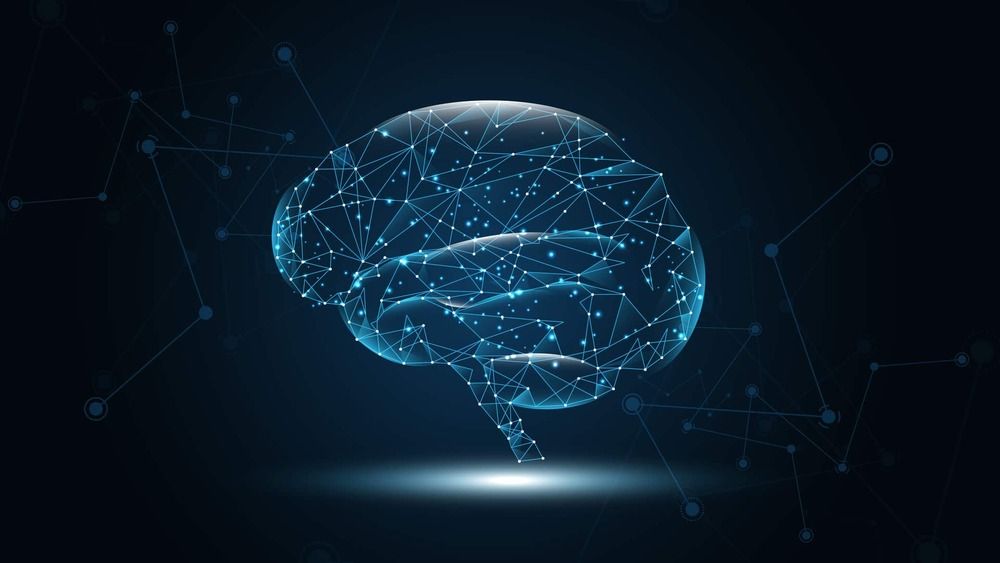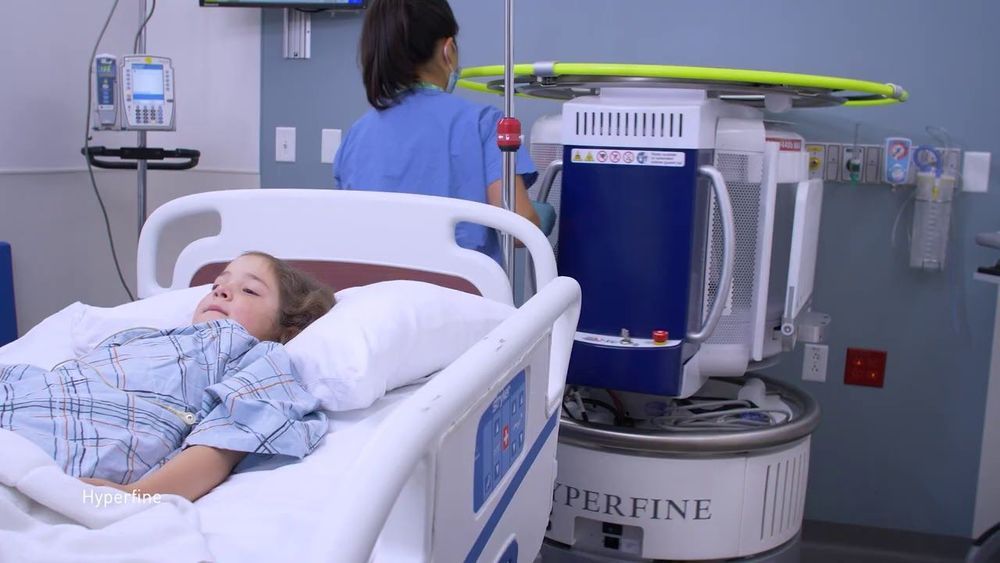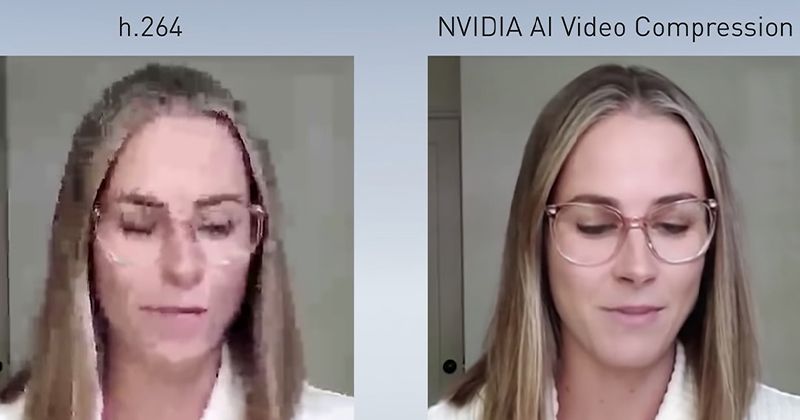In this talk, professor Bell breaks down the very foundations of AI –viewed as an inescapable and univocal technology- and opens up a space for other truths and possibilities by visiting AI’s alternative stories in the past, present and future. By doing so, she claims, we might make room for a more sustainable, safe and responsible AI, and ultimately a more human-centric one.
Genevieve Bell is a cultural anthropologist and technologist who has spent her career at the intersection between places, people and things. From growing up in indigenous communities in Australia’s outback to Silicon Valley, from Stanford University and Intel Corporation back to Australia’s only national university, she has always questioned what it means to be human in an increasingly digital world. This talk was given at a TEDx event using the TED conference format but independently organized by a local community.


